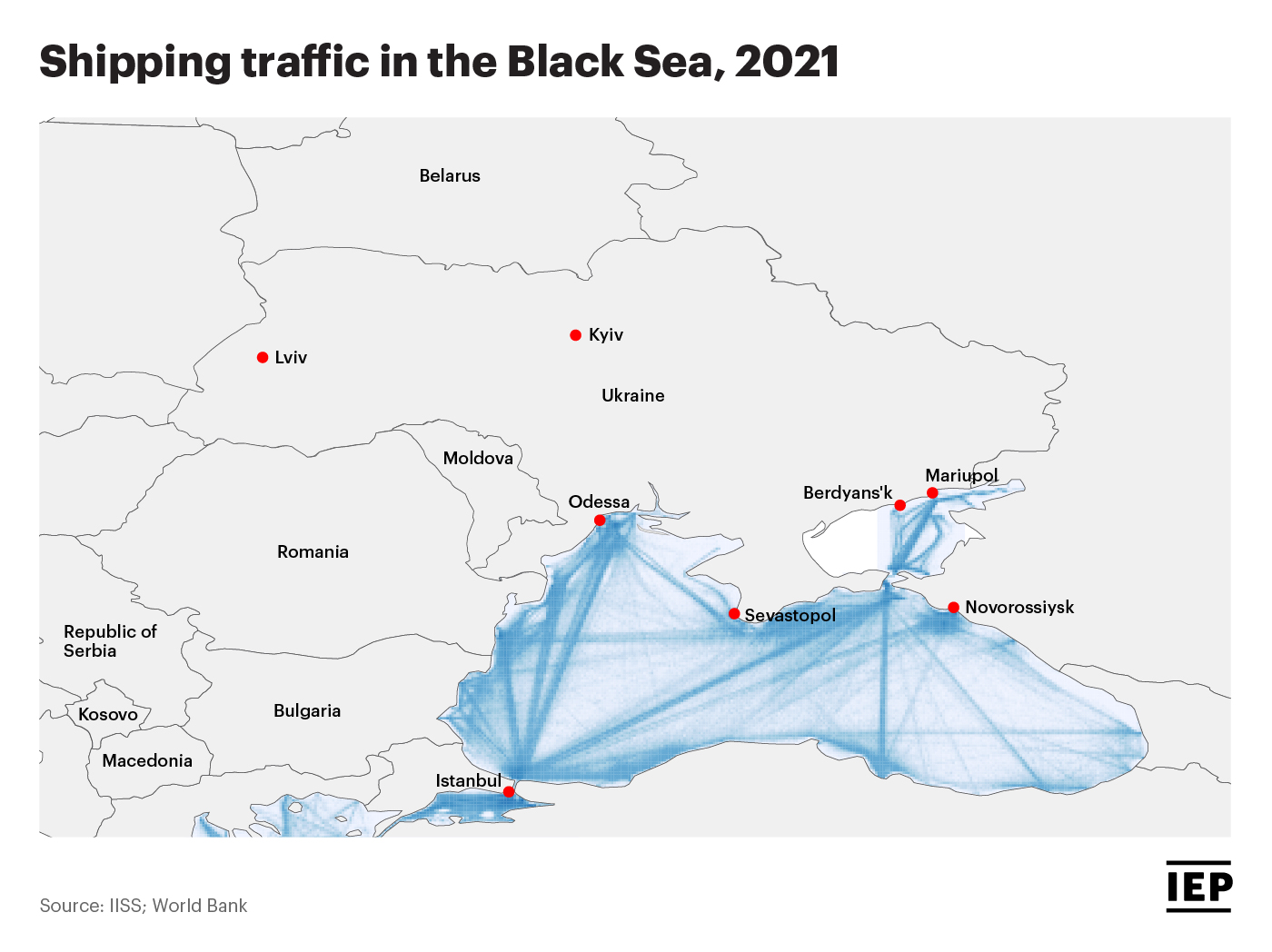In an increasingly globalised world, interdependence and interconnectedness has been a key element in the provision of goods and services. Rapidly sourcing materials for the lowest possible cost has been possible, largely due to an element of predictability in consumer behaviour, access to goods and consistent shipping patterns.
This all changed however, when supply chains, run on fine margins, took an enormous hit from COVID-19. From baby-formula shortages in the U.S to petrol shortages in the U.K, pandemic-related business closures, labour shortages and massive backlogs triggered changes in consumer behaviour and supply chain collapses all over the world. The effects of the pandemic highlighted the fragility of global supply chains, exposing the vulnerability of this just-in-time global supply chain model.
The Russian invasion of Ukraine occurred on the back of this upheaval and supply chains, already impacted by the pandemic, suffered further disruptions. The Western response to Russia was swift and substantial and included a swathe of significant economic sanctions. Russia and Ukraine account for a significant proportion of the world’s wheat exports, as well as Russia being a major energy supplier. These factors have combined to exhibit a significant and sustained impact on global supply networks.
Natural gas is a critical component in the production of fertilisers and as a result, the increase in oil and natural gas prices resulting from the conflict has had a global impact. In Australia, the price for cabbages, potatoes and broccoli has risen in the second quarter of 2022 by as much as 75 per cent, while in Greece, the cost of fertilising a 10-hectare olive grove has doubled to $310 since the conflict broke out.
98% of Ukraine’s exported grain is shipped through its seaports, almost all flowing through the ports of Pivdennyi, Odessa, Mykolaiv, Chornomorsk and Mariupol. These ports have been significantly disrupted by the ongoing conflict and the value of goods Ukraine will export in 2022 will likely be significantly reduced from the $68 billion Ukraine exported in 2021. Similarly, Russia’s exports of $211 billion are expected to be substantially impacted as a consequence of the conflict and the sanctions imposed on the country.
As the conflict has raged on, the knock-on impacts of these sanctions has continued to increase. Surges in global commodity prices have had devastating impacts for a number of countries, particularly those experiencing a perfect storm of the impacts of the ongoing conflict, the economic fallout of COVID-19 and a number of environmental issues.

A clear example of the effects of the war in Ukraine on global supply chains can be seen with the current global shortage of semiconductors. Around half of the world’s high-grade neon, used in the production of semiconductors, comes from Ukraine. These chips represent critical components in computers, cars and mobile phones, and many major producers in these industries have been crippled by shortages.
Ingas, Ukraine’s largest supplier ceased operations at the outset of the conflict[1]. Ingas was located in Mariupol, a city that has been devastated by the Russian military and is unlikely to restart operations any time soon. These issues have occurred on the back of a pre-existing shortage of semiconductors, due to COVID-enforced labour shortages, an increase in the demand of electronics as a result of COVID lockdowns and a drought in Taiwan, the other major source of semiconductor production.
Semiconductor shortages are just one example of the potential for conflict to have far reaching consequences. There is likely to be a significant rearrangement of global trade networks, particularly in relation to how nations engage with Russian energy supplies. The overreliance of European nations on Russian energy became apparent at the onset of the conflict and regardless of how the conflict develops, these countries are unlikely to reorient back to a reliance on Russian energy.
Ultimately, all this uncertainty has had tangible impacts on the global economy, and prices have continued to surge. A tight commodity market has become even tighter and inflation rates across the globe have hit record highs. Unsurprisingly, the average consumer has felt the economic impacts of the violence in Ukraine and likely will continue to feel these impacts for some time.
However, despite the challenges posed by fragile global supply chains, the situation is not all doom and gloom. The interconnectedness of these global networks has the potential for enormous opportunity. Stories emerged, throughout the pandemic, of supply chains being mobilised to counter challenges. Luxury fashion brands such as Burberry and Louis Vuitton recognised their potential to contribute to ‘the global effort to combat’ COVID, repurposing factories to create masks and gowns and operationalising their global supply chains to deliver much needed medical equipment[1].
Even the shortage of semiconductors has presented opportunities. Businesses that rely on these critical components are investing in their local production, with new semiconductor plants opening up all over the world, creating more jobs and more opportunities. Manufacturers are retrofitting and recycling products, while consumers, faced with shortages, are extending product lifecycles. This is beneficial to the environment, with the production of semiconductors having an enormous carbon footprint.
While the scenes of panic buying and toilet paper shortages witnessed at the onset of the COVID-19 pandemic may feel like a long time ago, the events of the last few years have served as a stark reminder of the fragility of global supply chains. There will likely be significant further challenges going forward, and it is vital that countries and businesses recognise the opportunities that global supply chains present, and invest in better practices, increase resilience and ensure that consumers are better protected from future shocks.